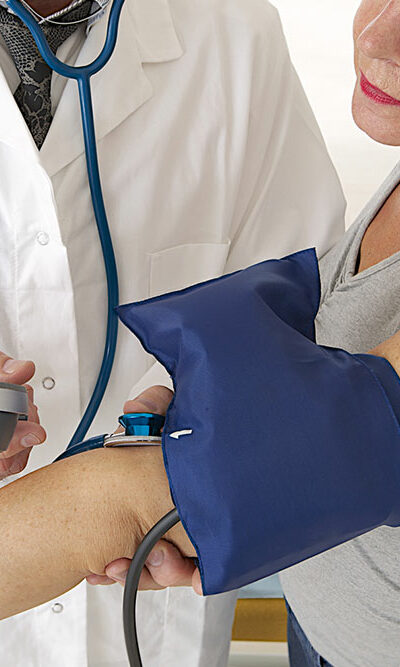
Here’s What You Need to Know about Narcolepsy
Narcolepsy is a neurological disorder in humans. It is a disorder that makes a person lose his or her control over sleep and wakefulness. Many people suffer from excessive sleepiness during the daytime. This is a common symptom of narcolepsy. The sleepiness can be at any time during the day, devoid of any environmental factors such as place, time, or activity. This sudden attack of sleepiness compels the person to drift off to sleep at odd intervals. The actual cause of narcolepsy is not known to health professionals, though studies in the field are still in progress. Difference between normal sleep and narcolepsy sleepiness Sleep is normally associated with night-time, with maybe 1 or 2 short naps during the daytime. The human sleep cycle involves various phases and levels. One does not slumber into a deep sleep the minute he or she closes their eyes. Studies show that a normal person takes approximately 90 minutes after falling asleep to enter a phase of deep sleep. Clinically, this phase of the sleep cycle is termed as Rapid Eye Movement or REM. This is the phase of sleep in which we have dreams. One does not wake up during this time. A patient with narcolepsy enters the REM phase almost immediately after falling asleep. This sleep need not take place during the night but can happen anytime during the day and any number of times. This abnormal and untimely sleep pattern often disrupts the person’s regular sleep cycle resulting in disrupted or sleeplessness during the night. Narcolepsy decreases the overall quality of a person’s sleeping pattern. Causes of narcolepsy The actual cause of narcolepsy is yet to be pinpointed upon by health experts. Researchers and health practitioners are still conducting studies to find out the exact causes of narcolepsy and understand why some people tend to suffer from untimely daytime sleep.










